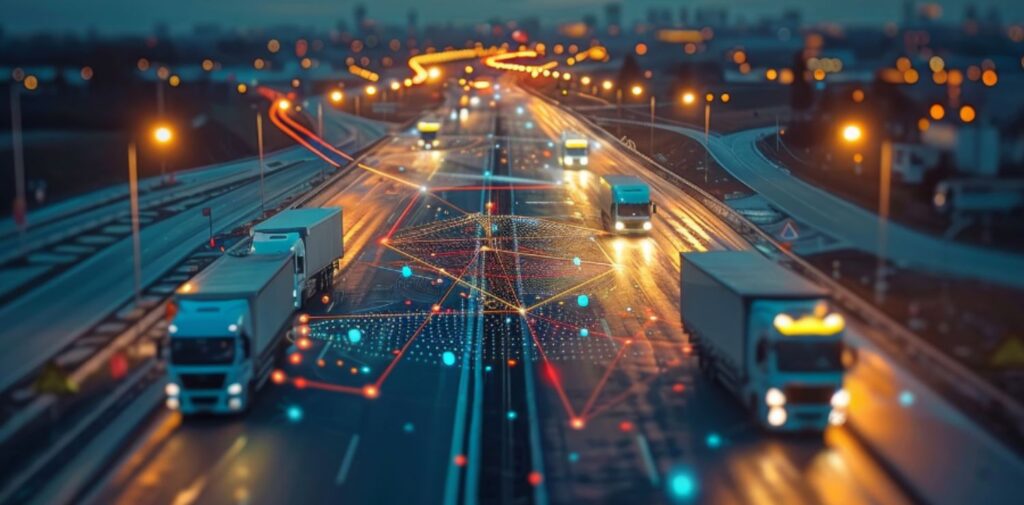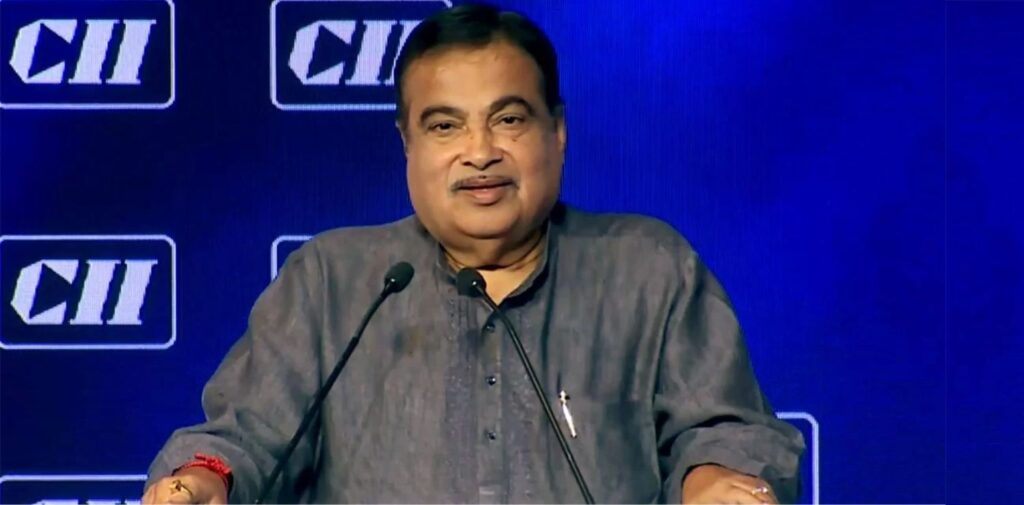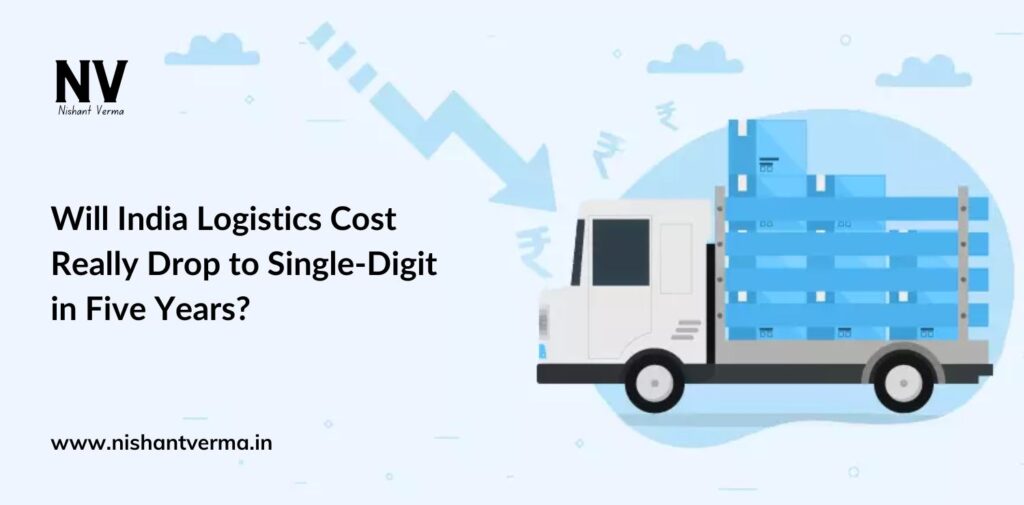What is India’s Current Logistics Cost?
India logistics costs currently range between 13-14% of its GDP, which is significantly higher than the global average of 8-10%. This inefficiency increases the price of goods for consumers and reduces the competitiveness of Indian businesses, particularly in sectors like manufacturing, exports, and e-commerce.
The government, led by Union Minister Nitin Gadkari, is committed to lowering logistics costs to single-digit percentages over the next five years. This ambitious goal has sparked widespread interest, but how feasible is it, and what steps are being taken to achieve it?

Why Are India Logistics Costs So High?
Several factors contribute to India’s high logistics costs:
- Poor Infrastructure: Many of India’s roads, railways, and ports are outdated, leading to delays and inefficiencies in the movement of goods.
- Multiple Handling Points: The fragmented nature of India’s supply chain often requires goods to pass through multiple handling points before reaching their destination, increasing time and costs.
- Regulatory Hurdles: Complex and varying state regulations have historically caused delays at borders, especially for long-haul trucks.
What Steps Are Being Taken to Reduce These Costs?
To tackle these inefficiencies, the government is focusing on several key areas:
Highways and Expressways: According to Nitin Gadkari, one of the largest initiatives to reduce logistics costs is the construction of world-class highways and expressways. These projects are designed to reduce travel time and fuel consumption, which are critical cost drivers in the transportation of goods. The government has already launched several large-scale infrastructure projects, such as the Delhi-Mumbai Expressway and the Bharatmala project.
Multi-Modal Transport: Gadkari also emphasized the importance of creating a multi-modal transport network that integrates roads, railways, ports, and inland waterways. This network will provide businesses with more options for transporting goods, reducing dependence on any one form of transportation and increasing efficiency.
Digitization and Technology: Another key element in reducing logistics costs is leveraging technology for greater transparency and efficiency. The government is pushing for the adoption of digital tools like GPS tracking, automated toll collection, and real-time data sharing between transport operators. This would minimize delays and streamline logistics operations.
Regulatory Reforms: Simplifying regulatory processes is another focus. The Goods and Services Tax (GST) has already simplified tax regimes across states, reducing delays at state borders. Further reforms aimed at reducing bureaucratic red tape could improve the ease of doing business and reduce logistics delays.

How Will This Impact Indian Businesses and Consumers?
The reduction in logistics costs is expected to have far-reaching benefits for Indian businesses and consumers alike:
- Increased Competitiveness: Lower logistics costs will make Indian goods more competitive in global markets by reducing overall production costs. This will be especially beneficial for sectors like manufacturing, agriculture, and exports.
- Cheaper Goods for Consumers: Reduced costs will likely lead to lower retail prices for goods, benefitting consumers directly. This is particularly important for essential goods such as food and consumer electronics.
- Growth of E-commerce: E-commerce companies are expected to benefit immensely from reduced logistics costs, allowing them to offer faster and cheaper delivery services, particularly in remote areas.
Challenges to Achieving This Goal
Despite these promising initiatives, several challenges could hinder the goal of reducing logistics costs to single digits within five years:
- Execution Delays: Infrastructure projects in India are often delayed due to land acquisition issues, regulatory hurdles, and lack of coordination between different government departments.
- Funding Issues: While the government is investing heavily in infrastructure, financing such large-scale projects is a concern. The question remains whether these projects will receive adequate funding and how quickly they can be completed.
- Private Sector Involvement: Achieving the logistics cost reduction goal will also require significant involvement from the private sector, particularly in areas like technology adoption and capacity building. Encouraging private investment in these areas will be key to the success of the initiative.

Is Single-Digit Logistics Cost Achievable?
Given the roadmap laid out by Nitin Gadkari and the ongoing infrastructure developments, reducing logistics costs to single digits within the next five years seems achievable, though challenging. The success of this plan will depend on efficient execution, adequate funding, and coordination between government agencies and the private sector.
The reduction in logistics costs will not only benefit businesses but will also have a positive impact on consumers by lowering the price of goods. Additionally, it will boost India’s competitiveness on the global stage, particularly in sectors like manufacturing and e-commerce.
Conclusion
India’s plan to reduce logistics costs to single-digit levels is ambitious but not unattainable. With focused efforts on infrastructure development, technology adoption, and regulatory reforms, the country is on track to create a more efficient logistics system. However, challenges like execution delays and funding constraints must be managed effectively for this vision to become a reality.
In the coming years, we can expect to see significant improvements in how goods are transported across the country, benefiting both businesses and consumers. The next five years will be crucial in determining whether India can achieve its goal of a single-digit logistics cost.




